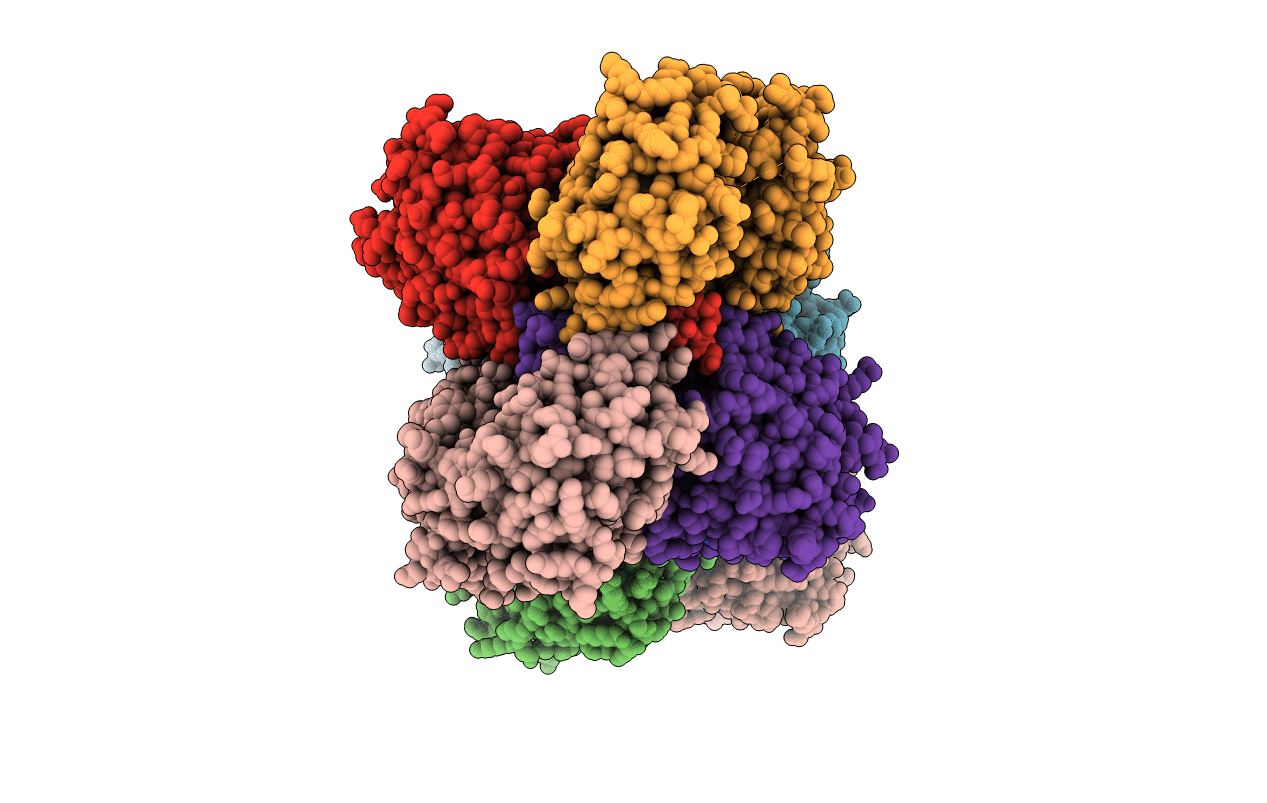
Deposition Date
2015-12-22
Release Date
2016-11-02
Last Version Date
2024-01-10
Entry Detail
PDB ID:
5FHZ
Keywords:
Title:
Human aldehyde dehydrogenase 1A3 complexed with NAD(+) and retinoic acid
Biological Source:
Source Organism:
Homo sapiens (Taxon ID: 9606)
Host Organism:
Method Details:
Experimental Method:
Resolution:
2.90 Å
R-Value Free:
0.28
R-Value Work:
0.22
R-Value Observed:
0.23
Space Group:
P 1 21 1


